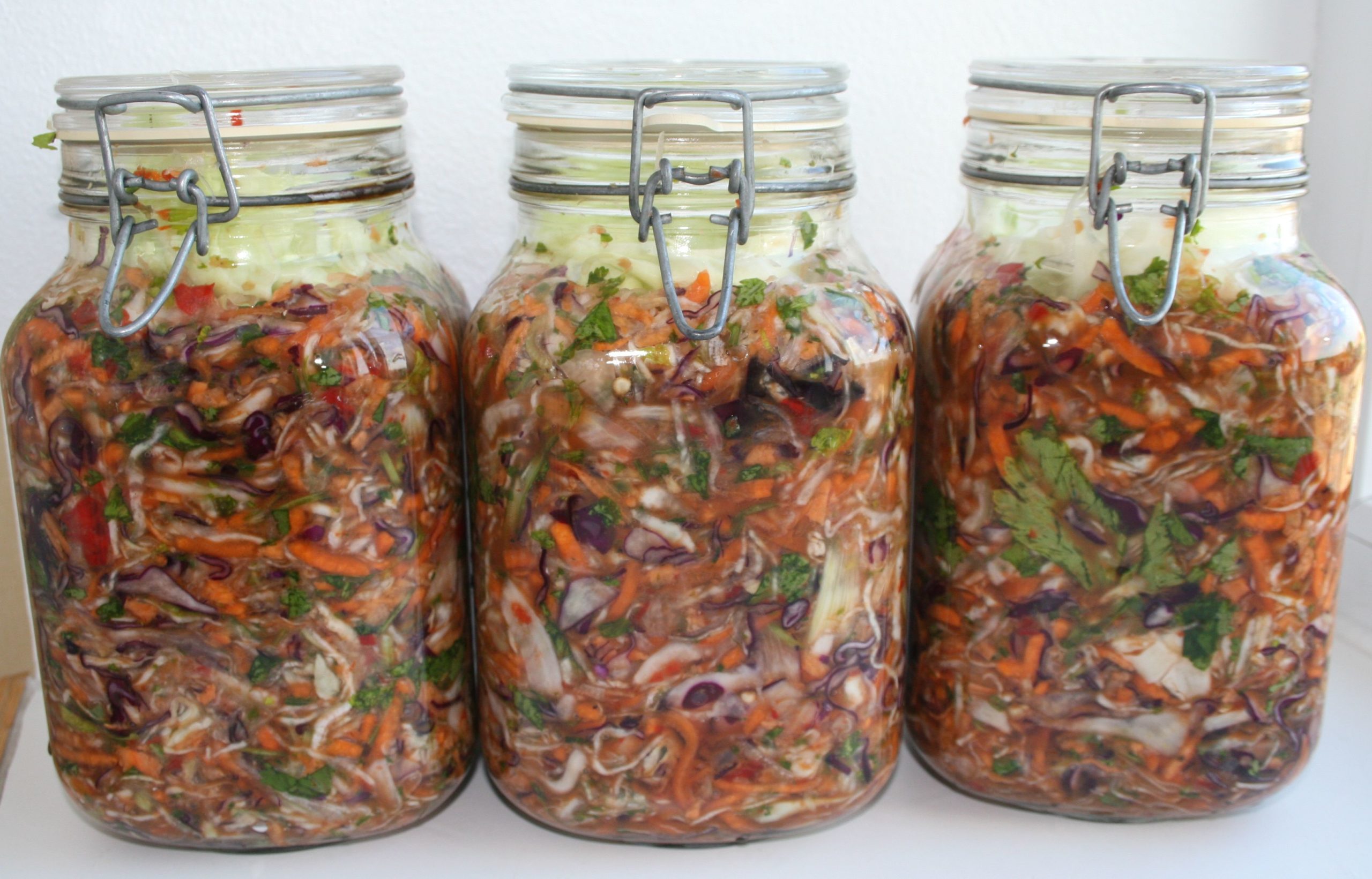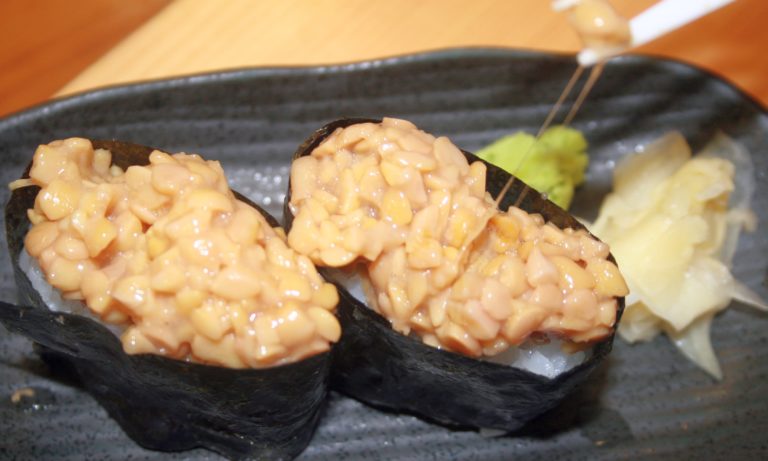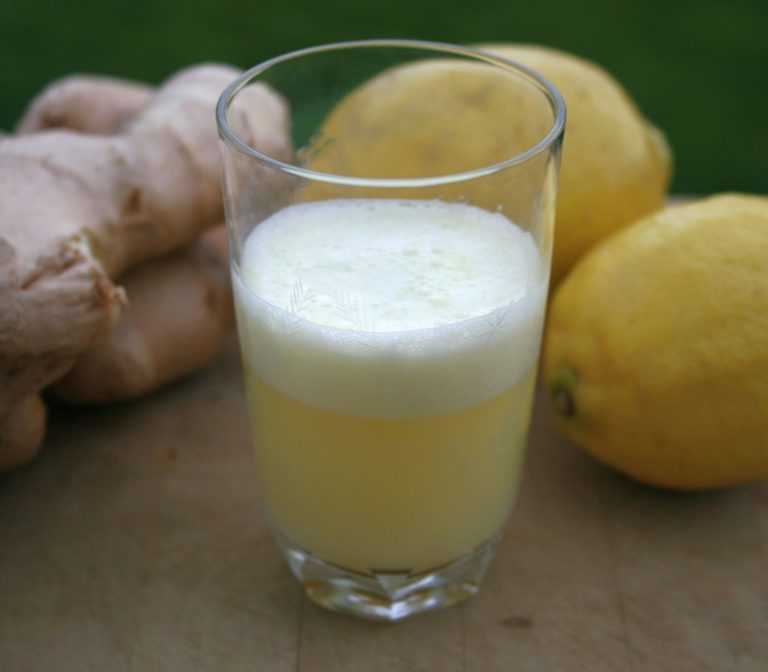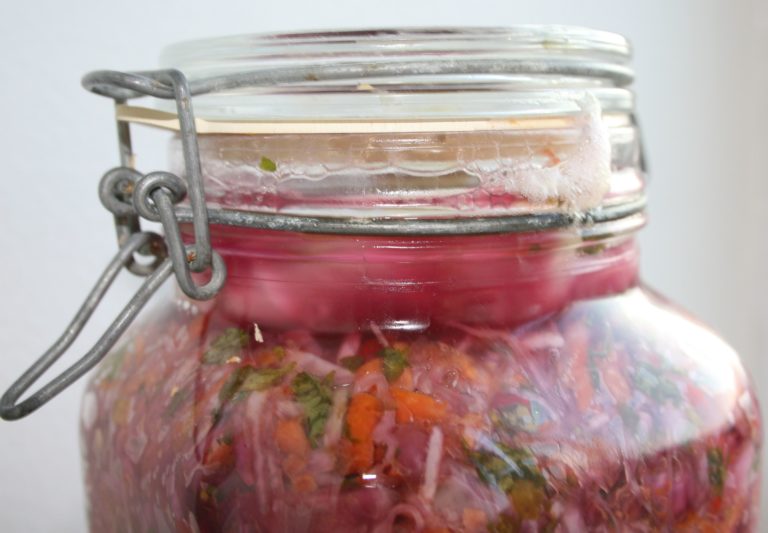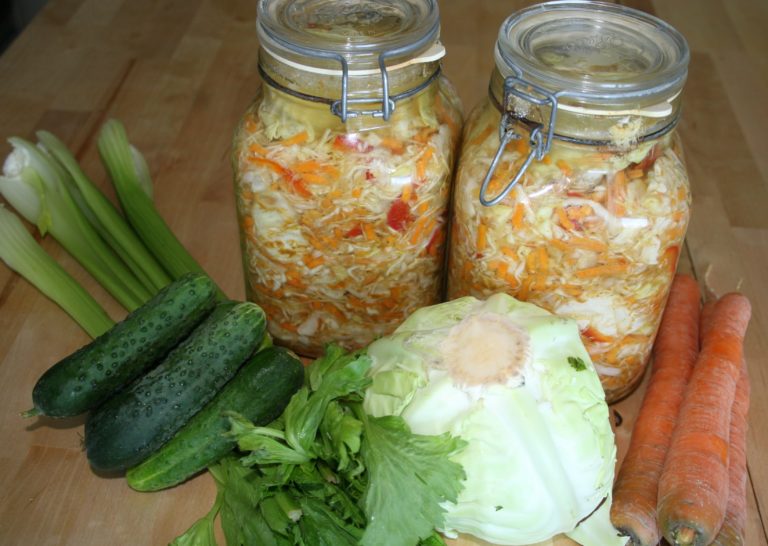What Is Wild Vegetable Fermentation?
Wild vegetable fermentation has for centuries been the traditional way to ferment all kinds of vegetables. Today, using a starter culture is recommended as a superior way to prepare fermented food. However, wild fermentation can still be used to ferment sauerkraut, kefir, and other foods.
How does wild fermentation work? What are the benefits?
Wild microorganisms
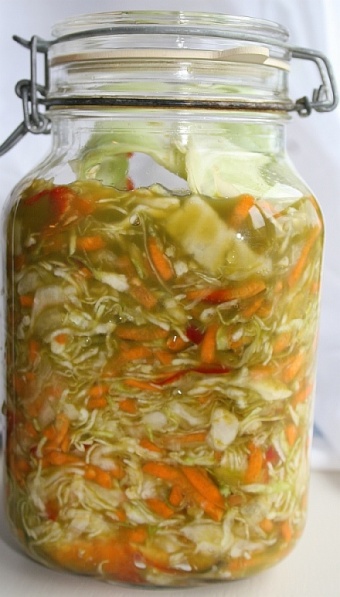
Wild or spontaneous fermentation refers to the process of letting natural bacteria already present on vegetables or in the milk to control the fermentation process. In this case, no microorganisms are added for this process to happen. However, to be successful you need to create the right environment. This involves shredding vegetables, adding salt, using airlocks, being careful with hygiene, and keeping the right temperature.
Microorganisms are present on all vegetables as well as in raw, unpasteurised milk or cream. Cabbage, carrots, celery and many other vegetables can have up to 40 different bacteria species naturally occurring. Some bacteria species will, under the right circumstances, start consuming sugars present in vegetables and dairy. This process produces lactic acid which is responsible for the familiar tart, tangy flavour of fermented foods.
Wild vegetable fermentation
For centuries, people used wild fermentation to ferment dairy, cabbage, beer, and wine. I’ve fermented vegetables this way many times with a good result. However, wild vegetable fermentation is by nature a bit more unpredictable and can result in uneven quality. I’ve sometimes prepared a delicious batch of spontaneously fermented veggies, only to fail with the next batch, even though I did not change the recipe. But that’s the nature of wild fermentation.
The specific microorganisms present on vegetables affect the taste and texture of whatever you are fermenting. This is one reason why different batches can turn out quite different. However, salt and temperature are even more important factors.
Salt

In the case of sauerkraut and fermented vegetables, the salt concentration affects the growth pattern of different bacteria species. Too much salt will prevent the growth of some bacteria but promote other species to grow. And too little salt may allow unwanted bacteria to take control.
For example, a salt concentration of 2.0 to 2.5% is often recommended because the lactobacilli strains are slightly inhibited, but the cocci bacteria that are needed to initiate the fermentation process will not be affected. Sometimes the same salt concentration can disturb desirable organisms more than the undesirable since some unwanted organisms can tolerate salt concentrations up to between 5 and 7%.
However, it should be noted that what keeps the bad bacteria at bay is not only the salt but mainly the acidic environment created by the lactobacilli species.
Temperature
Changes in temperature can affect which bacteria species will grow faster and dominate the batch. In spontaneous fermentation the sequence in which different bacteria species grow is essential. Even a few degrees more or less can change the activity of the microbial process and affect the quality. Therefore, you must control the temperature to succeed.
Three main steps of wild fermentation
These steps mainly apply to sauerkraut, any vegetable mix, fermented garlic, and similar. The process and microorganisms are different when fermenting dairy.
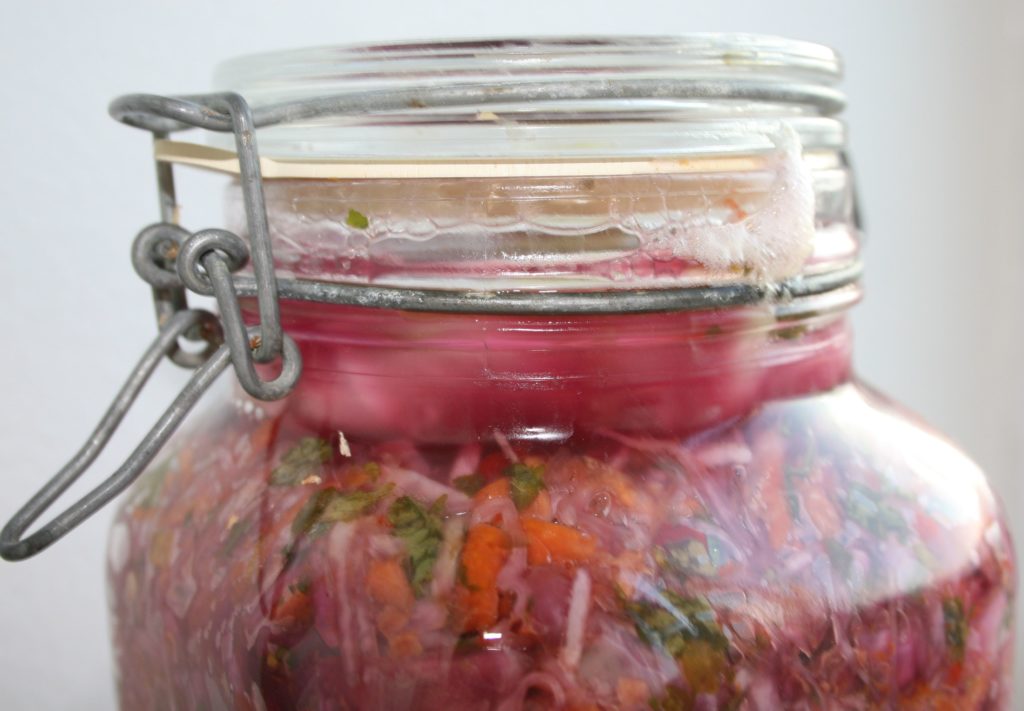
Step One: The first microorganisms to start up fermentation are the gas-producing cocci L. Mesenteroides. This happens after 24-48 hours when you see bubbles in the jars. These microbes produce lactic acid and when the acidity level reaches 0.25 to 0.3%, the cocci bacteria slow down and begin to die off, although their enzymes continue to function.
Step Two: Now the fermentation work is continued by the lactobacilli (L. plantarum and L. Cucumeris). These strains continue the process until an acidity level of 1.5 to 2% is attained. A high salt concentration and low temperature can inhibit these bacteria to some extent. But a lower salt concentration will promote their growth.
Step Three: Finally, L. pentoaceticus continues fermentation, bringing the acidity levels to 2 to 2.5% thus completing the fermentation process. Now around 7-15 days has passed and the sauerkraut is ready for consumption. Stored in a cool place, it will last for many months.
The beauty of natural microorganisms
As seen above, spontaneous fermentation is a delicate process involving factors that may be difficult to control completely. Spontaneous fermentation has its beauty as you’re dealing with natural, live bacteria. The interrelationship and cooperation between the different bacteria species are truly fascinating.
In wild vegetable fermentation microorganisms naturally present in nature are used. In contrast, many culture starters use microorganisms that are prepared in laboratories and might be the zillionth generation that are grown,
Conclusion: Naturally fermented vegetables can have excellent quality and superb taste. However, you might also fail from time to time, even if conditions seem ideal. Sometimes the final product will be OK to eat but not perhaps as delicious or crunchy as you would like. Again, this is because wild fermentation is by nature a bit more unpredictable. You may also need more patience since the process often takes longer than when using starter cultures.
